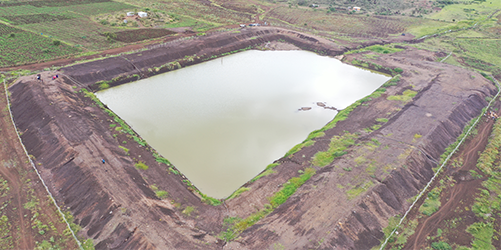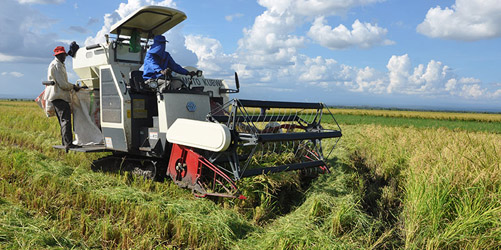
This entails installation of engineering facilities for abstraction of water at the source, conveyance and distribution to the target crop area and water application technologies. In addition, water evacuation facilities are also provided in the name of field, collector and main drains for flood and furrow irrigation systems. This is complemented by ancillary facilities such as farm roads, dykes (areas prone to flooding), farm buildings (offices and stores) among others.
In Kenya the main typologies by management are public irrigation scheme, community irrigation scheme and private irrigation schemes. Public and community typology of projects provide water to a group of farmers with a common goal of utilizing water for agricultural production. Public schemes are jointly managed by National Irrigation Authority and various farmers organizations namely Irrigation Water Users Association (IWUA), advisory committee and Co-operative society.
Farmers in these schemes pay operation and maintenance fees that go towards maintenance of the primary irrigation system including cost of energy in case of pump abstraction while farmers under the supervision of IWUA, farmers maintain the tertiary irrigation infrastructure. Community irrigation schemes are wholly operated by the famers through their organization mainly IWUA. The collect fees as prescribed in the respective by-laws. Sustainable irrigation development goes hand in hand with construction of large water storage facilities. The Authority is implementing 15million cubic meter Thiba dam to increase reliability of irrigation water for Mwea irrigation scheme. Other planned dam projects can be found here.




